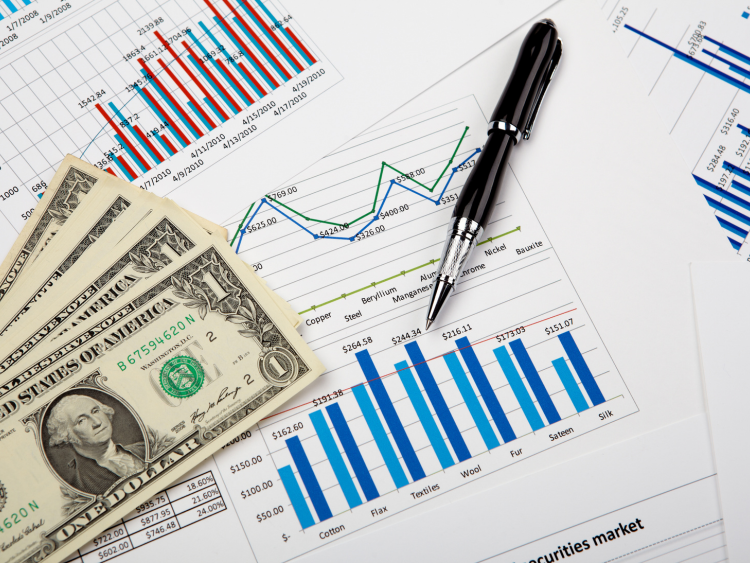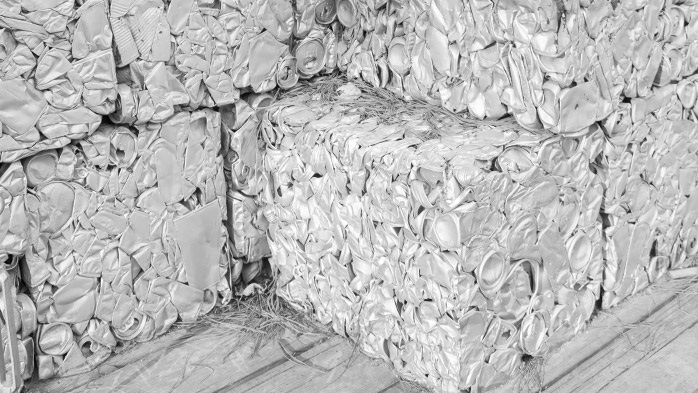Aluminum Scrap Markets

July 15, 2025
Granges Americas operations a mixed bag in Q2'25
Written by Stephanie Ritenbaugh
Gränges Americas said its operations during the second quarter were essentially flat, with sales to HVAC customers gaining momentum while demand in other segments softened.
The Swedish company’s Americas division, which specializes in flat rolled products and scrap recycling, operates in Tennessee, North Carolina and Arkansas, alongside its European and Asian divisions.
Total Americas sales volume reached 60,600 metric tons (mt) in the second quarter, with the operating division’s net sales rising by 4% to SEK 3,134 million (USD $322 million).
The gain in net sales was attributed to a higher average fabrication price as well as higher aluminum price. Fluctuations in foreign exchange rates had a net negative effect of SEK 33 million on net sales. During the first six months of the year, total Americas regional sales rose 4% to 121,100 mt and total net sales increased to SEK 6,442 million, the company reported.
Segment-level results painted a more nuanced picture.
Quarterly volumes sold to HVAC customers in the Americas region rose by 13% to 27,200 mt, while shipments to specialty packaging end segment fell by 7% to 15,800 mt due to destocking by some customers. Automotive sales volume saw a steeper drop at 13%, totaling 7,100 mt, and specialty packaging deliveries sunk by 8% to 10,000 mt.
“We took a significant market share in HVAC and also had good growth in it, but it was offset then by some destocking in the specialty packaging sector, leading into total growth of 0%, so flat in Gränges Americas over a very strong second quarter of 2024,” Jorgen Rosengren, president and CEO, said during an earnings call.
Tariffs
Executives said U.S.-imposed tariffs have pushed up the prices of primary and scrap aluminum.
There have been some trade offs in the changing trade policy.
“In the Americas, we have a large increase in the all-in primary aluminum price and even a higher increase in scrap prices, which means that we get lower what we call spreads – so the lower difference between the price for new aluminum and the price for old aluminum,” Rosengren said.
The Midwest transaction price averaged $1.55-1.56/lb in the second quarter, according to CRU data, a 16% uptick from the previous year period. In terms of scrap used as feedstock, ultra-thin gauge specialty packaging producers tend to prefer ultra-high purity scrap, like 1100 fin stock, which itself increased by 23% to a second quarter average of $1.35-1.36/lb, according to CRU pricing data.
If this example is indicative of the trends in other scrap grades preferred by specialty or thin-gauge foil producers, it suggests that the absolute increase in scrap costs per unit is outpacing the growth in the reference baseline, or the Midwest transaction price. That, in turn, points to tightening buying spreads and supports the company’s commentary.
“Scrap prices (in Europe) so far have decreased slightly less, which means that also in Europe, the so-called spreads are lower. And that means that in both Americas and Europe, when the difference between new and old aluminum price is lower, recycling becomes less profitable. And since recycling is a large part of Granges business, this was a profit effect in the quarter.”
In Europe, tariffs have indirectly led to a lower all-in primary aluminum price, Rosengren noted.
“However, the tariffs also make domestic U.S. production more competitive, which can be a good thing for growing us over time.”
To that end, the recent circumvention investigation launched by the U.S. International Trade Commission could prompt U.S. foil producers to reallocate capacity toward a different product mix, possibly food container-grade alloys, which could be a potential boon for the specialty segment. This trend is especially significant following Novelis’ closure of its Fairmont facility at the end of the second quarter, further tightening U.S. foil production capacity.
“On the third hand, tariffs could, of course, drive higher inflation and lower demand.”
While Granges saw an increased network in capital due to the tariffs and some margin pressure, the margin pressure effect, was “fully offset” by sales volume, price and productivity,” Rosengren said.








